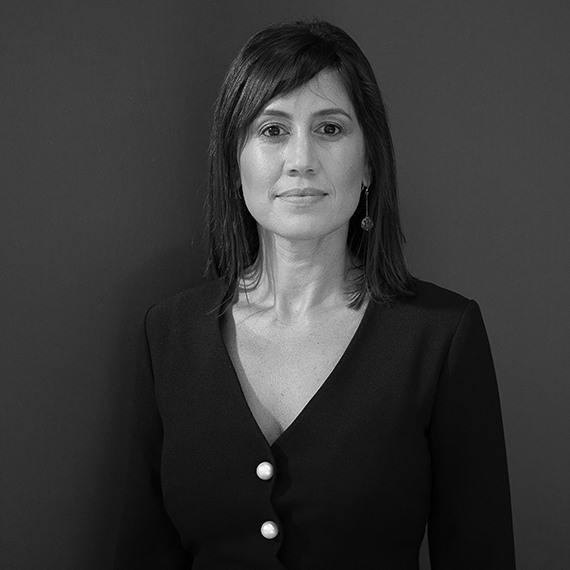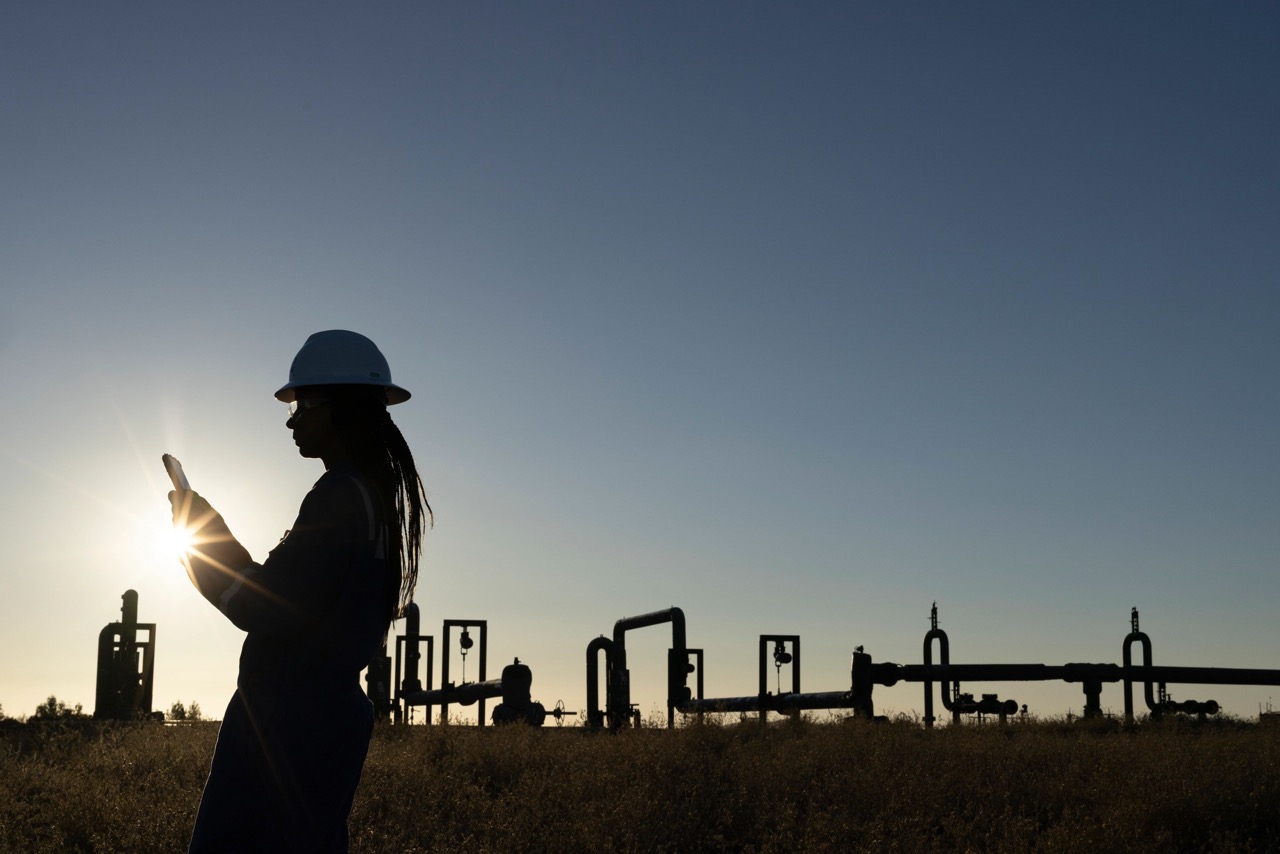

The oil and gas industry has an important role to play
A balanced energy transition is the way forward, and it will only happen with innovation from leaders in the energy sector. SLB has driven progress by making great strides in carbon reduction and advancing new technologies.

It's an unprecedented balancing act, and SLB is up for the challenge
To provide reliable, accessible, and affordable energy that meets a new standard of sustainability, new technologies must be scaled up as emissions are cut. Our strength, scale, and differentiated capabilities in terms of science, technology, and innovation will enable SLB to effect change both responsibly and rapidly.
SLB is already making major changes for real results
With a portfolio of transition technologies that help minimize emissions and reduce energy consumption by driving efficiency, reliability, and performance, we’re meeting emissions goals on the path to net zero.
In 2023
We achieved a 24% reduction in Scope 1 and 2 emissions*, and a 21% reduction in Scope 3 emissions**.
By 2030
We’re on track for a 50% reduction in scope 1 and 2, and a 30% reduction in Scope 3 emissions.
By 2050
We’re committed to reach Net Zero emissions in all three scopes.
We’re tackling methane as well
We share the view of the COP28 presidency that the oil and gas industry must create a lower-carbon economy by reducing emissions today. As living standards improve and energy demand expands, oil and gas will continue to be part of the energy mix for decades to come while renewables continue to ramp up.1
Methane is our most immediate opportunity, and an urgent one. Here are the facts, and the actions we’ve taken:
FACT:
Methane makes up 16% of the world’s energy related emissions2, and is responsible for more than 25% of global warming today3
FACT:
Methane traps more heat in the atmosphere per molecule than carbon dioxide and is up to 80 times more harmful than CO2 for 20 years after it is released4
FACT:
The energy sector is responsible for nearly 40% of total methane emissions attributable to human activity, second only to agriculture5
ACTION:
SEES has been selected by integrated energy company Eni to deliver comprehensive fugitive methane emissions measurement and reporting plans for Eni’s global operating facilities.
ACTION:
In 2023, we launched a new methane point instrument, a small, durable, "plug-and-play" solution that automates methane monitoring using sensors to detect, locate, and quantify emissions from across operations.

SLB’s actions are affecting people’s lives for the better
We invest in host countries and communities by building partnerships to focus our social efforts, recruiting and training where we work, sourcing from diverse local suppliers, and creating regional technology strategies with local impact.

SLB will continue to lead, with key partnerships in the industry, and beyond
SLB will work with technology companies, world governments, and other stakeholders to maximize efficiency in all phases of transition.
Step into energy’s future
Thought leaders from around the world share their vision and experiences.
-
Decarbonizing
Continuous methane monitoring: The fastest tech rollout in energy?
Ready to shift from sparse reporting to deep emissions reductions? Continuous methane monitoring is here.
-
Digital
Digital delivers CCUS at speed and scale for climate action
Digital tech can turn CCUS into a powerful component of your company's climate action strategy.
-
New Energy
Low-carbon hydrogen: From concept to reality
Sustainable low-carbon hydrogen requires not only collaboration and regulations, but also speed of validation.
-
Decarbonizing
Why oil companies aren’t prioritizing urgent emissions reductions
We must rethink our corporate metrics for calculating the global warming potential (and reduction) of methane.
Learn more about SLB
* Scope 1 and 2 emissions: emissions that result from SLB’s own operations. This includes fuel in cars used for site visits and electricity used to power office buildings.
** Scope 3 emissions: emissions that are produced in our supply chain and by customers while using SLB technology. This includes Purchased goods and services used in SLB operations including chemicals, cements, and metals, and emissions from our value chain including business travel, logistics and investments.
1 https://www.iea.org/reports/world-energy-outlook-2021/fuels-old-and-new
2 https://www.epa.gov/gmi/importance-methane#:~:text=Methane%20is%20the%20second%20most,trapping%20heat%20in%20the%20atmosphere
3 https://www.unep.org/news-and-stories/video/whats-deal-methane#:~:text=It%20is%20responsible%20for%20more,years%20after%20it%20is%20released
4 https://www.unep.org/news-and-stories/story/methane-emissions-are-driving-climate-change-heres-how-reduce-them
5 https://www.iea.org/reports/global-methane-tracker-2023/overview











